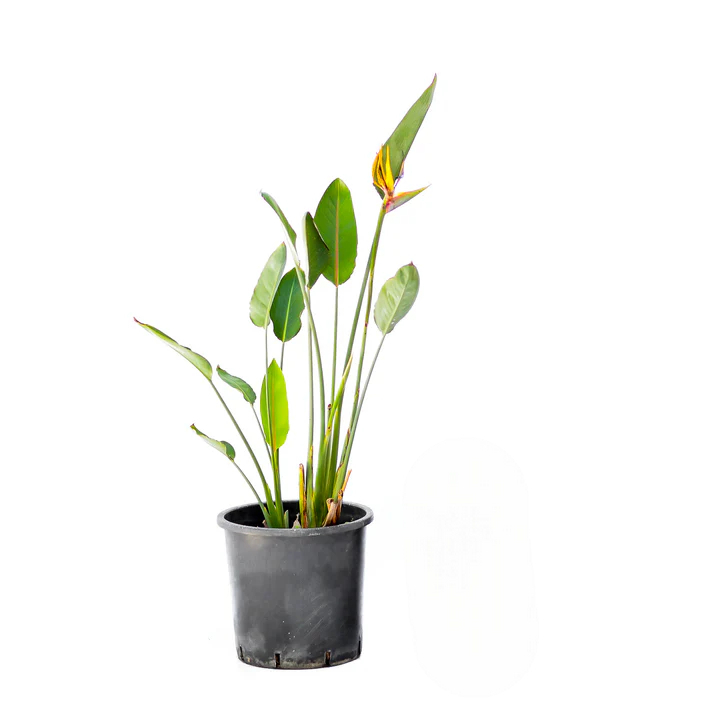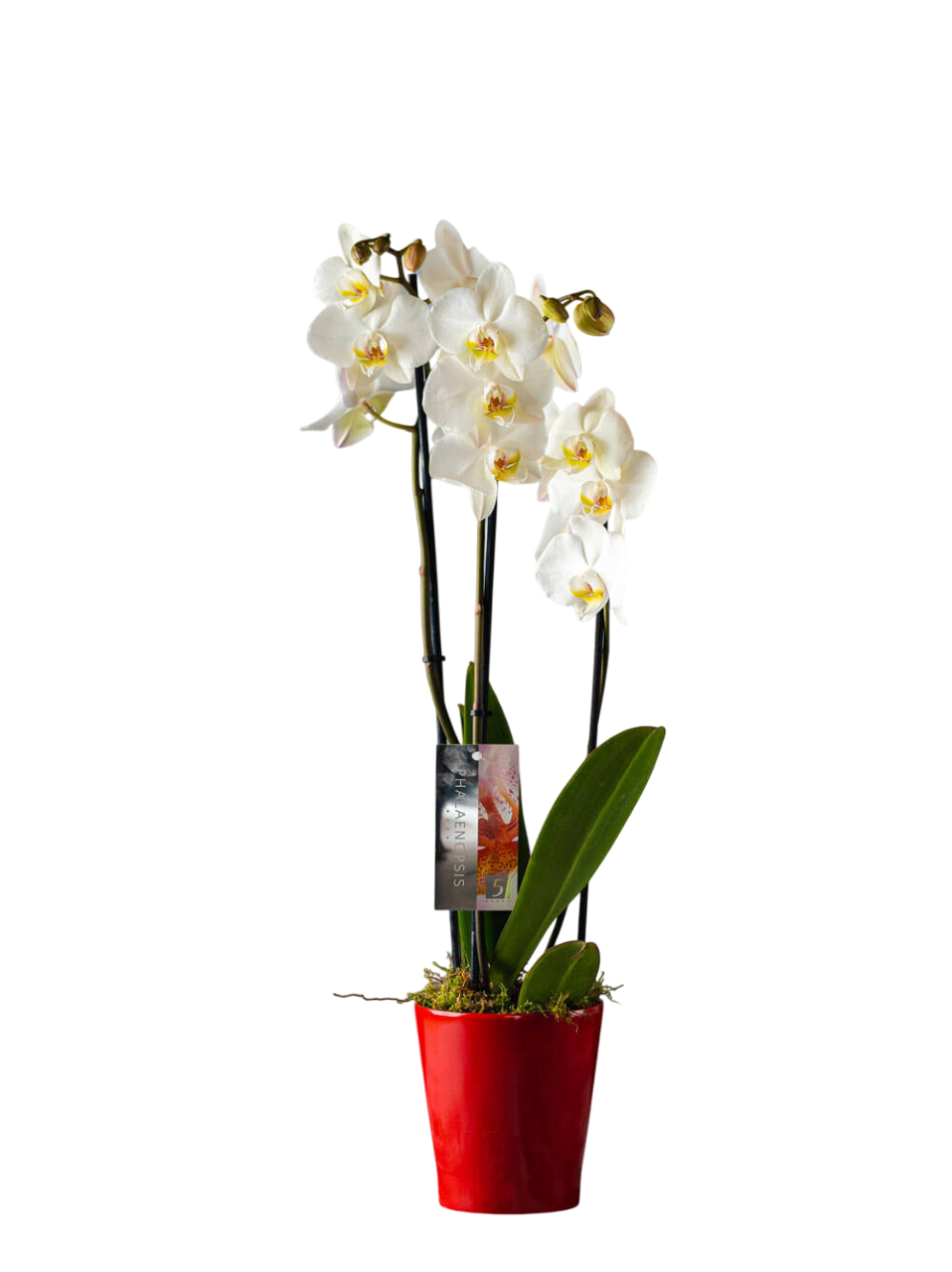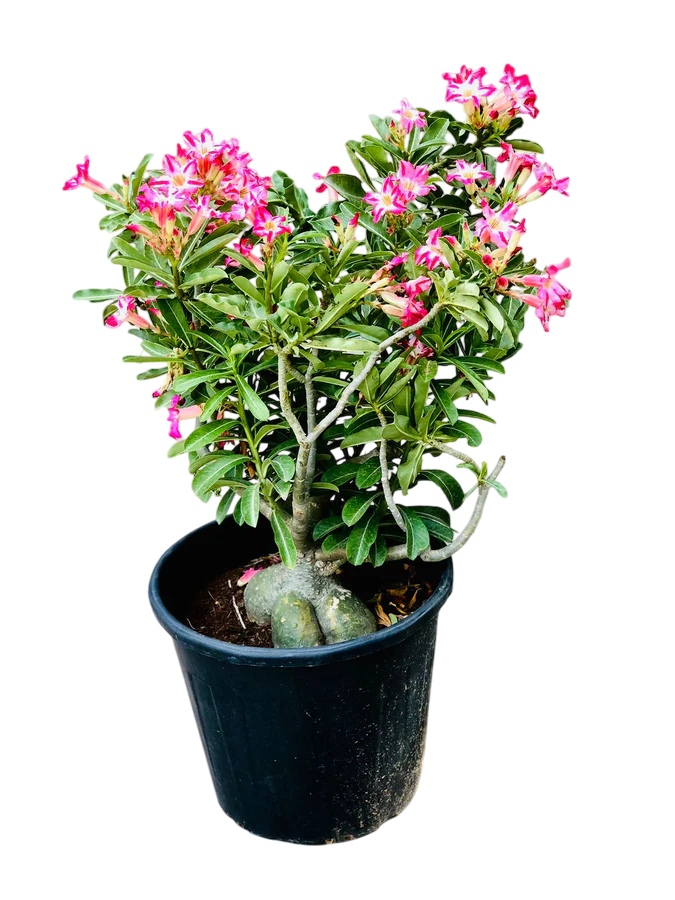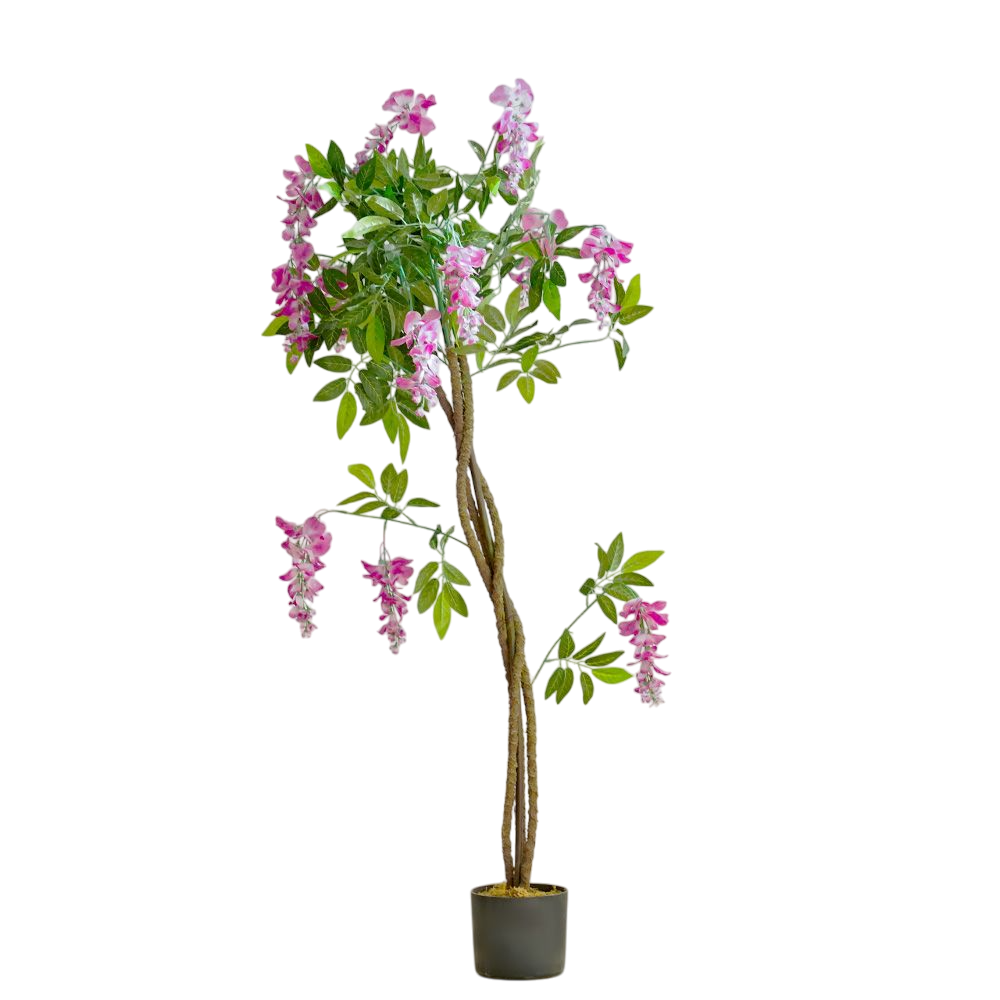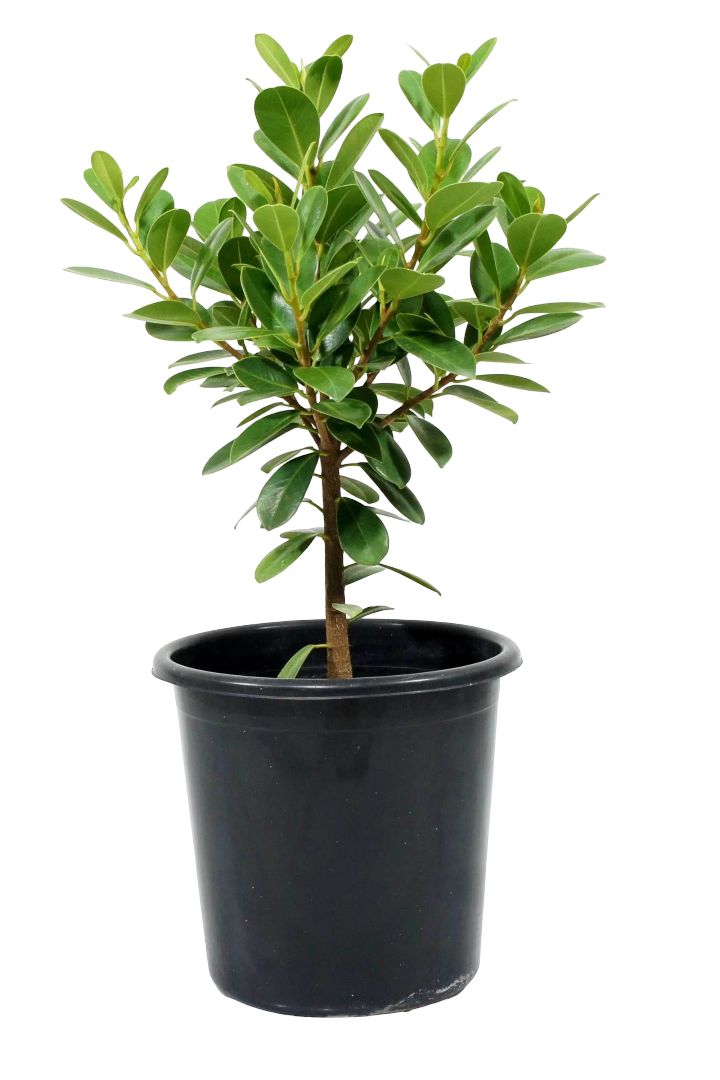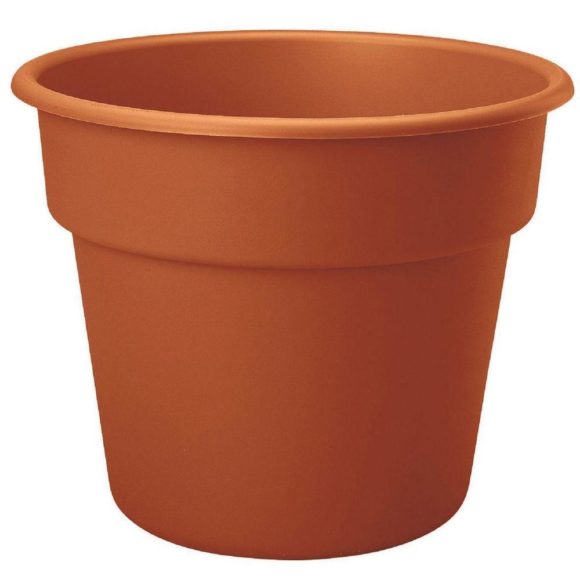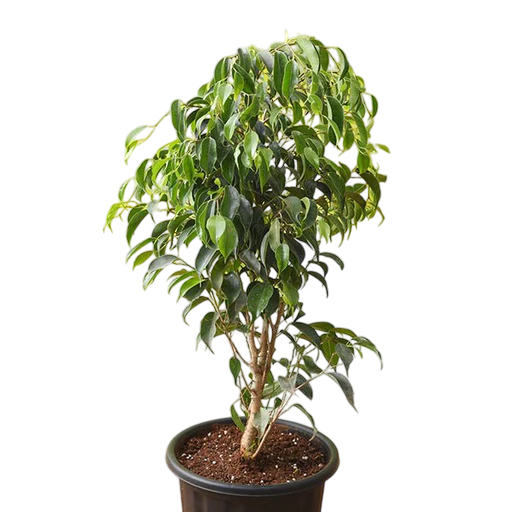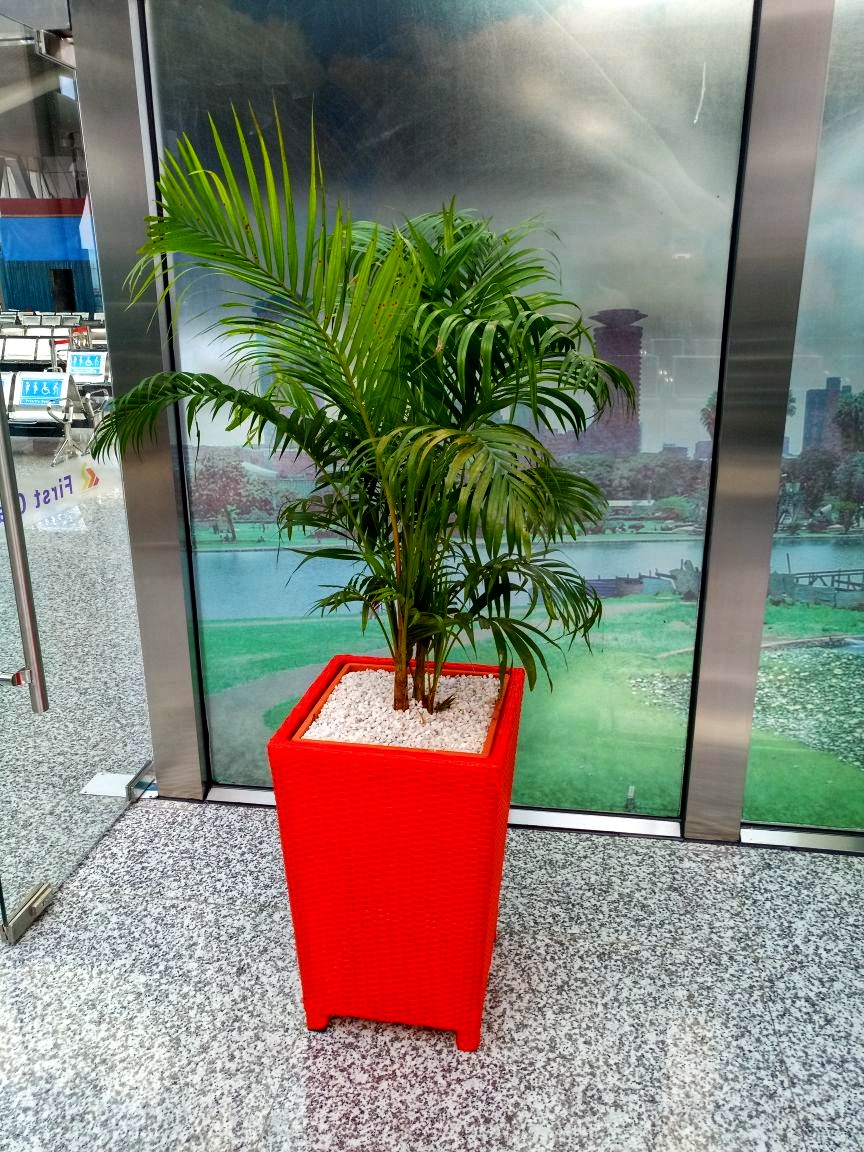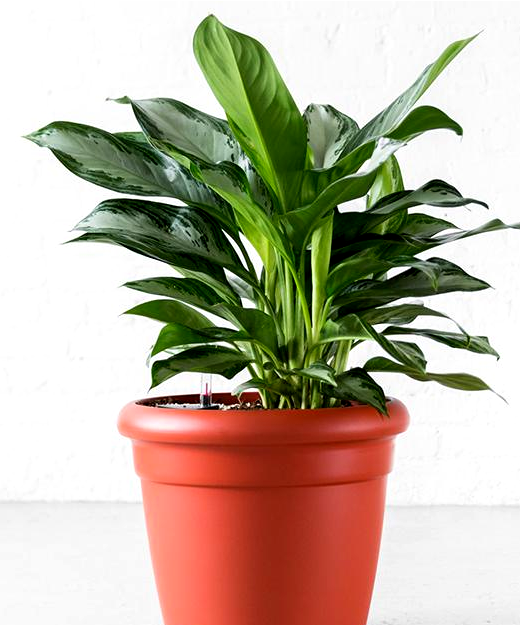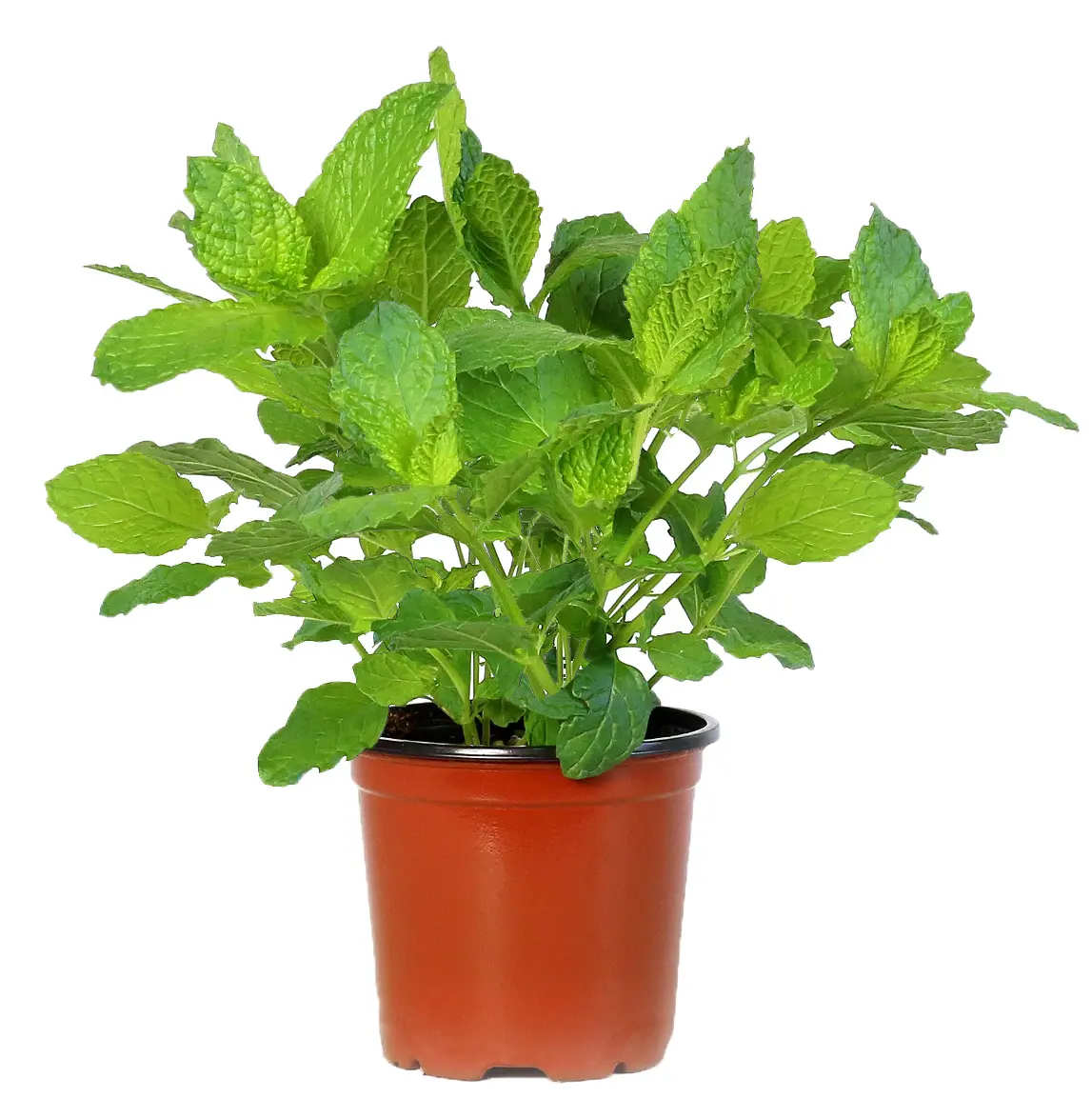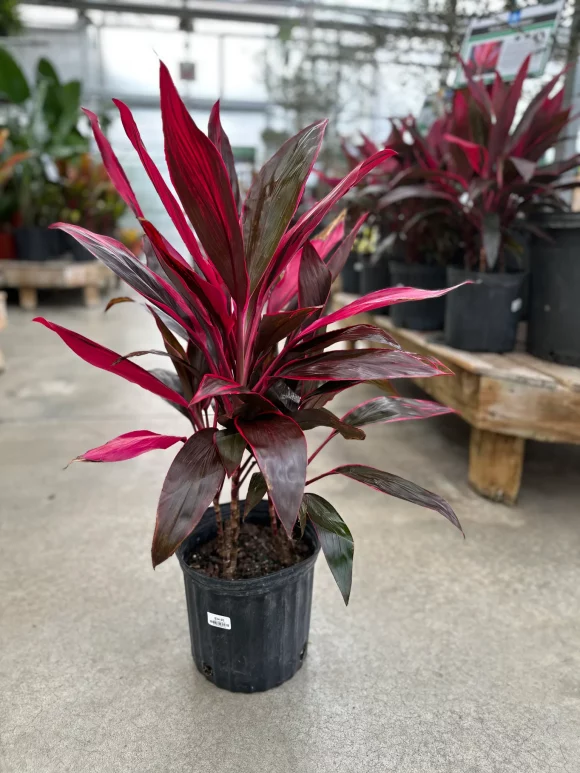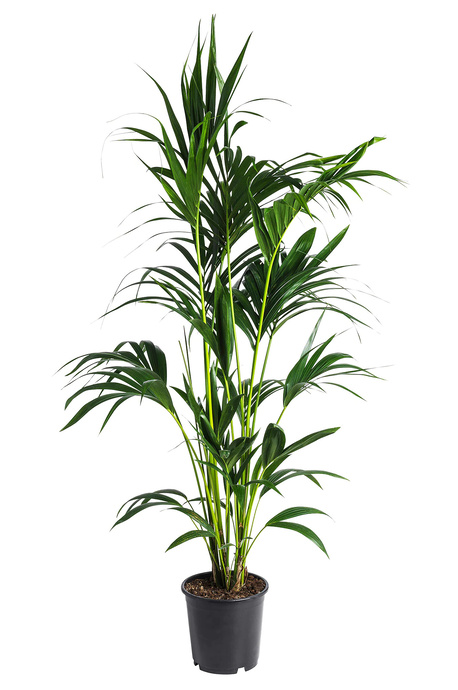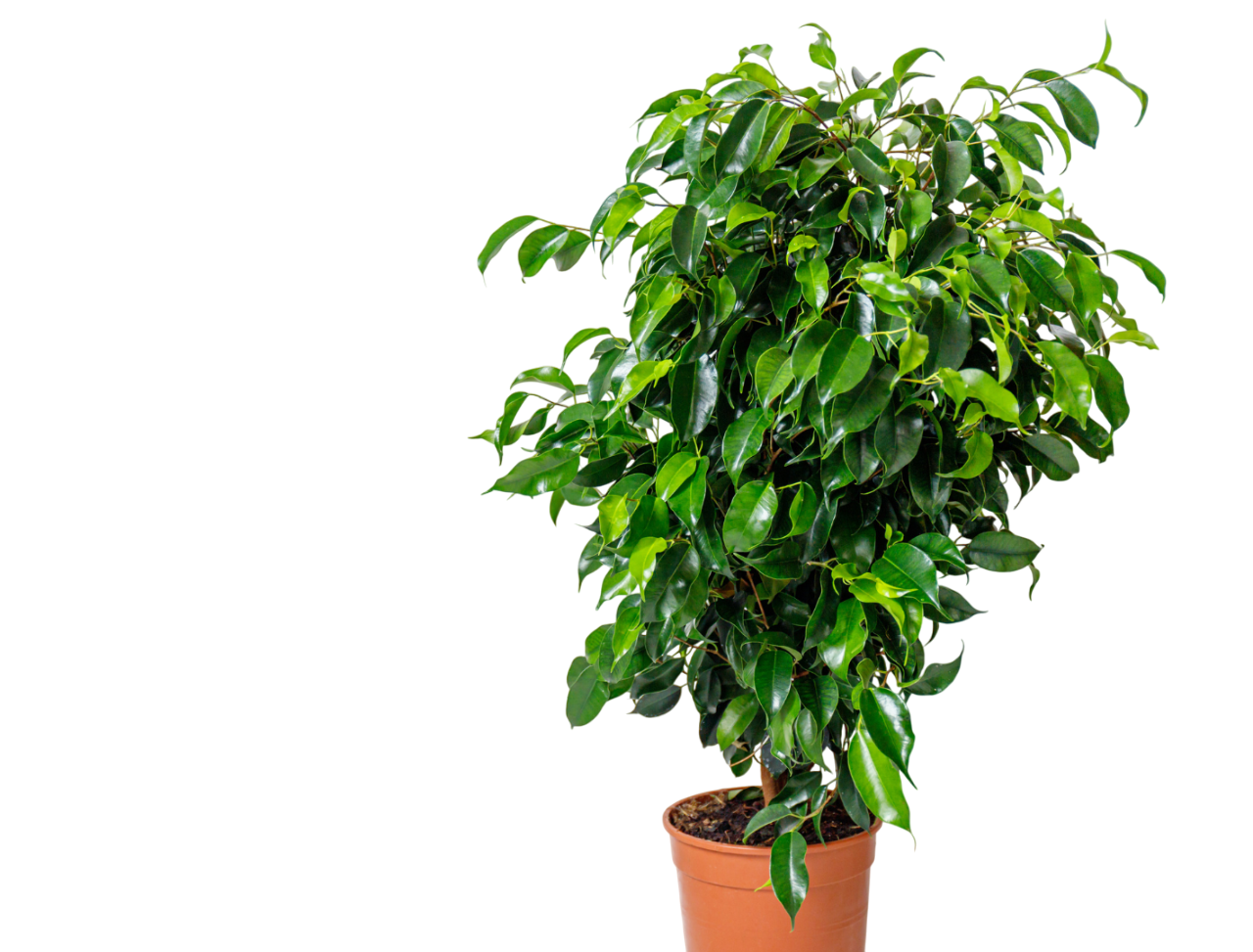Calathea
The genus Calathea includes some of the most beautiful and striking tropical foliage plants in the world. Calathea species generally have boldly marked, upright, oblong leaves in a dazzling array of colors held on long, upright stalks. Because of the plant’s bold markings, it goes by nicknames such as zebra plant, peacock plant, and rattlesnake plant, that reflect that. It is closely related to the similarly gorgeous Maranta.
Description
Calathea
Calathea comprises chiefly tropical American herbs in the family Marantaceae, which is native to eastern Brazil. In addition to showy leaves, the plant produces small flowers in clusters on short stems. The plants are used primarily as foliage or houseplants.
As true tropical plants, they are somewhat fussy about their conditions, but a well-grown Calathea is worth the effort.
Growing Conditions
Calathea have a reputation as greenhouse plants, and it’s easy to see why. They are highly sensitive to cold, drafts, and sudden temperature fluctuations. They grow best in warm, humid, and well-lit conditions, but they never do well in direct sunlight.
This plant prefers light shade and dappled light indoors. Direct, noon sun will fade the colors of the leaves. It likes both tropical humidity and tropical temperatures above 60 F.
The growing medium should consist of a light, porous potting mix that retains water but drains well. It’s best to keep the soil continuously moist throughout the spring and summer, and you should reduce watering in the winter.
The humid, wet conditions Calathea requires encourages bacterial and fungal diseases, which show as leaf lesions. Quick draining of excess water will avoid this condition. Calathea, thrive in bottle gardens and terrariums due to their need for high humidity. If grown in arid conditions, Calathea plants are frequently attacked by mites and scale.
The plant should also be fed regularly with liquid fertilizer throughout the growing season.
Propagation
Calathea can be propagated by division at repotting time. Keep new divisions warm and moist by covering the pot with plastic and providing reduced light until active growth starts again. The plant should be repotted every year or every other year into fresh potting mix. Divide it at repotting time.
Species
There are many species of Calathea:
- C. makoyana: Also known as peacock plant and cathedral windows, C. makoyana features purplish coloring on the undersides of leaves, with white and green on top. It can grow to two feet tall and is often kept as a houseplant.
- C. zebrina: The so-called zebra plant has green, stripe-like markings on the leaf top and is purple on the leaf undersides. It is an evergreen perennial growing to over 3 feet (1 meter) tall, with long elliptical leaves.
- C. crocata: This species has plain leaves and grows one to two feet tall. Its displays of upright orange-red flowers have earned it the common name of eternal flame.
- C. ornata: Pretty pink and white stripes on the leaf tops and purple undersides distinguish the C. ornata species. This pretty plant also goes by the common names prayer plant and femme fatale. It is considered difficult to grow and has a tendency to be afflicted by spider mites.

